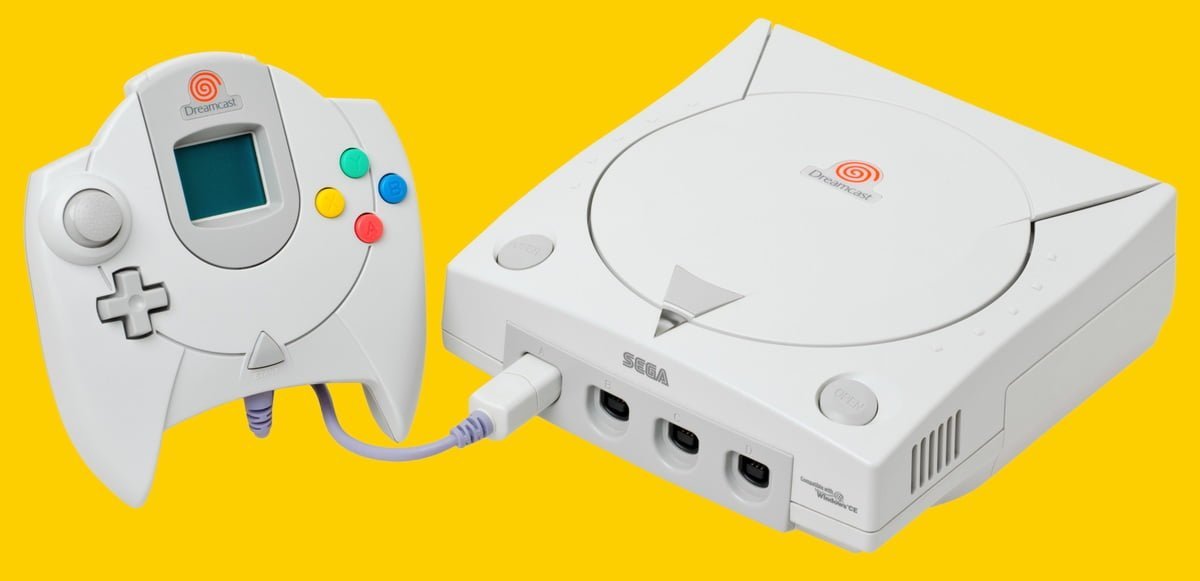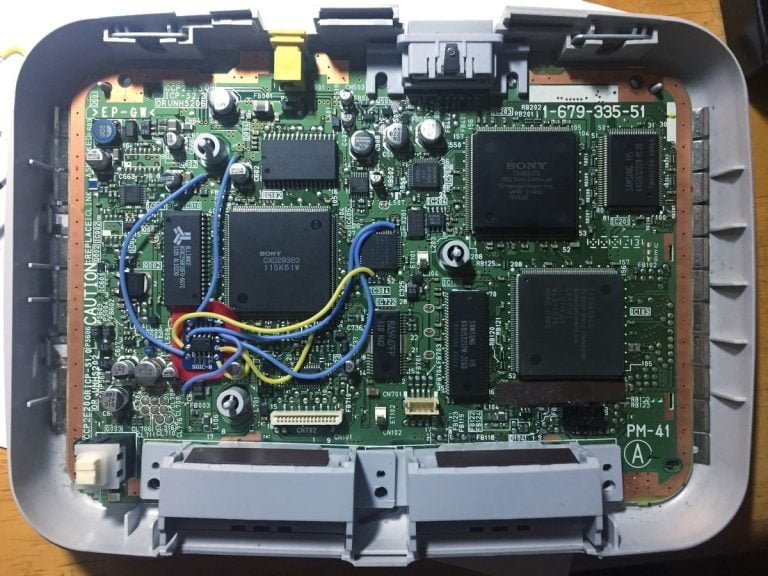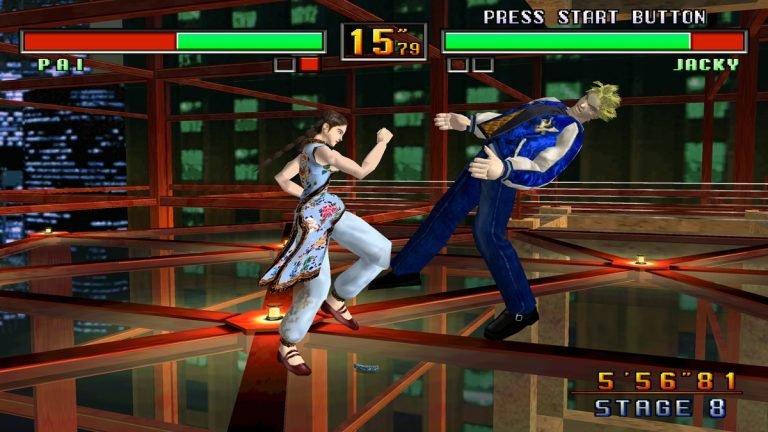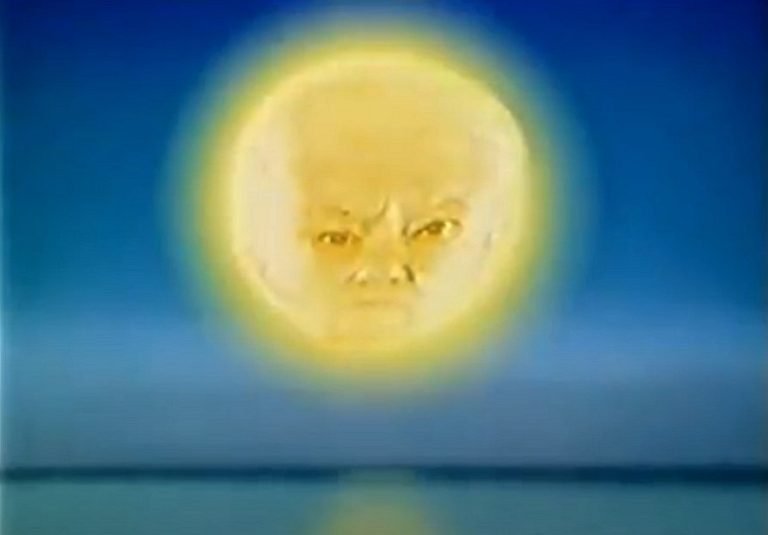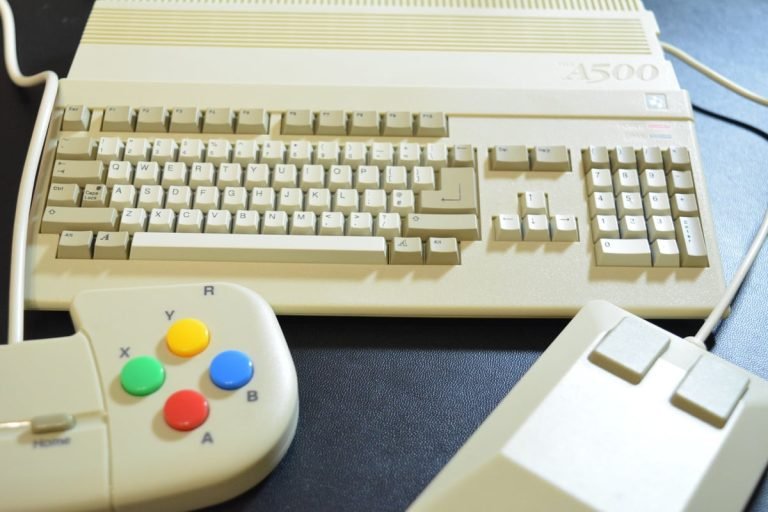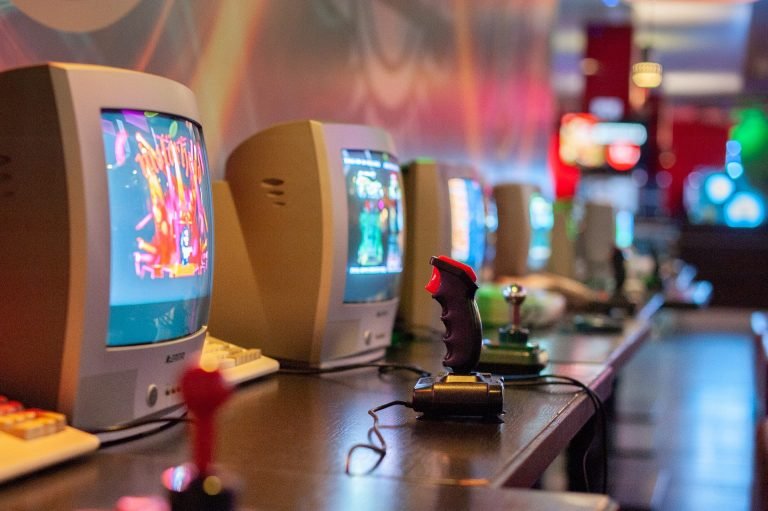Brace For Import: 5 Dreamcast Games for Partying in 1999
Last Updated on December 19, 2023
Dreamcast launched twenty-five years ago in its home terrain with a single, simple goal; saving Sega. They scattered many of their development studios and shepherded them into new teams with exciting names like Hitmaker and Swivel Sony. They weren’t messing about, but just how quickly could Sega order their little Elves to produce the games that would save them?
It took a little while for those premier games to arrive, but that didn’t stop me from paying inflated import prices for the privilege of what would come down the line for the better part of the year that the machine was available through Japan only.
Importing Dreamcast games
And in that first year of import, its worst Dreamcast games still looked ahead of the pack. And the good ones? I’ve listed five below and they were the envy of the rest of the world and your mates who didn’t have one. Probably; I was living in an old coastguard house a few feet off the Suffolk coast at the time and didn’t have any friends, or anyone even living remotely nearby that I could hold my swanky, orange-swirled machine up to and tell them it cost me nearly a grand, and a new television, before laughing my head off.
These here were my favourite, pre-PAL expenditures. We’ll start with a launch game. The launch game.
5. Virtua Fighter 3tb

The one Sega had to get right. The arcade machine was the daddy of coin-op gaming and the technology standard that Dreamcast would be matched against. They had to get this one right. But Sega doesn’t think like you or me. See, you or I would have got an internal team within Sega to convert this, and we’d have given them plenty of time to work on it. Not so for the interests of Sega collectively, or even Virtua Fighter producer, Yu Suzuki. He was already too busy making the defining game for the machine and spending all the boss’s money along the way.
Dreamcast was powerful, and even with that release window to hit, Genki got nine-tenths of the arcade into a television.
Instead, Sega outsourced the conversion to local developers Genki and gave them about eight months to get it done. Not genius, but here was the thing; Dreamcast was powerful, and even with that release window to hit, Genki got nine-tenths of the arcade into a television. It was stunning. Pre-rendered cut scenes? Not where we’re going, son.
But Virtua Fighter on Dreamcast wasn’t just a tech demo of a conversion. It was pique fighting mechanics at high speed. It was also probably beyond the layout of the Dreamcast controller to master it that way, so when I ordered my machine I had an arcade stick thrown in.
But that launch game and that peripheral… Sega had delivered. Everything would be right in the world.
And Sonic hadn’t even arrived yet. It wouldn’t take long.
4. Sonic Adventure

I never got on with Mario 64, and I tried for hours and hours to. Now to be fair to myself, it never developed the kind of active hate for a game which I would later have for Zelda on the same machine, but I just didn’t think the playground gameplay of 3-D platforming in Mario 64 had worked. He felt drunk.
Sonic Team were going for all other media, aiming for superior presentation, superior speed and superior design across the board.
I didn’t need Sonic to attempt anything similar and again to be fair, when the game came through the post some weeks after its Japanese release, it was clear that Sonic Team weren’t going for Mario 64 either. They were going for all other media, aiming for superior presentation, superior speed and superior design across the board. Some of this they got right. Some of it was hilarious.
Studiously focused at times, messy as Pollack at others, but always looking amazing, when you weren’t stuck in a corner during the awkward platforming sections. In the end it didn’t really come together, but it had some fun getting there. And it was early doors into 1999… it was worth paying for just to look at.
Now let’s see a smile.
3. Power Stone

You know those experiments where they hook an animal up to a button which once pressed, delivers pleasure? Vending machines, that’s what I meant, and that’s what Power Stone does. Animal, button, smile.
An isometric 3-D fighter from Capcom with brawler sensibilities, Power Stone looked, tasted and played like a bag of sweets. A big bag that you eat all in one go. It is possible that the Dreamcast itself was one big bag of candy, with Power Stone one of the sweetest of the assortment.
Power Stone looked, tasted and played like a big bag of sweets that you eat all in one go.
There just wasn’t anything quite like it. Ehrgeiz was playing around in the same pen on PlayStation but it didn’t look half as bright as this historical cartoon, or move half as fast. There wasn’t outrageous innovation in this game, more a sense of a simple conceit well executed. As I say, it was a bag of sweets, or a single sweet… wherever I had last left the simile. But a warning. Sweets are delicious, but you can go too far. Clearly, no one told Capcom this, because when the sequel arrived it was in an instant four-player design, and although that sounded fizzy, and was, it was too much. Two minutes sucking on it and you just started dribbling.
And so to arms…
2. The House of the Dead 2

Did you ever pay actual currency for The House of the Dead on the Saturn? I did, and you want to know the horror of the game? It wasn’t the zombie content of the game, it was the zombie content of the conversion. An arcade smash downsized to three or four texture maps moving at a solid three or four miles per hour. It was worse than Daytona on the Saturn. That still played right. This was embarrassing.
It got done right the second time at home though. The arcade hardware ran on the home hardware so parity was assured. And actually, we got a lot more than that. Not in terms of extra content, but in art design the sequel was over the horizon compared to the original. Rain splattered Euro township, with a sideline of rusty edges and grabby locals.
Dreamcast always did a nice sideline in peripherals and the light gun was at the curious end of design. More Star Trek than Lethal Weapon, it nonetheless did the job, and there was a lot of job to get at.
And oh my lucky wallet, it came with that addendum import cost of peripherals. Dreamcast always did a nice sideline in peripherals and the light gun was at the curious end of design. More Star Trek than Lethal Weapon, it nonetheless did the job, and there was a lot of job to get at.
A shooting-gallery, but ever shifting with ever smooth aesthetics that held the focus in a manner that perhaps has been largely lost to modern design. And where has the light gun gone? Do people not like paying extra for peripherals any more or something? A step above in all directions at the time, my brother and I used to play it two-player with one of us (me) waggling the analogue pad about. I wasn’t paying out for a second imported light gun.
1. Soul Calibur

If Shenmue was the King of Dreamcast, and it was, if however flawed a King, then Soul Calibur was a Prince. Shining, glorified, with a sword by its side. And this Prince looked good, even for Dreamcast. A sharp cut of high resolution and 60 fps. It was Namco stepping into Sega royalty with a high position, and it wore it very well.
Importing had a real thrill throughout the nineties and titles like Soul Calibur saw the decade out in sharp style.
For bragging rights I will, have, and shall be ongoing that Virtua Fighter 3 was the better fighting game but Soul Calibur was turned out in all sorts of riches. You could feel a development team happy at play, and so again were my brother and I, who shredded this game a new one for months before it would be released in PAL. He never liked Virtua Fighter, so the two-player action on this fantasy festival was unsurpassed at that time. There was just no way Sega was going to fail.
I can recall phoning Project K in Essex on the day they expected to have their import copies in. They did, and a couple of days later it was with me on the coast. Importing had a real thrill throughout the nineties and titles like Soul Calibur saw the decade out in sharp style.
No way this machine could fail…
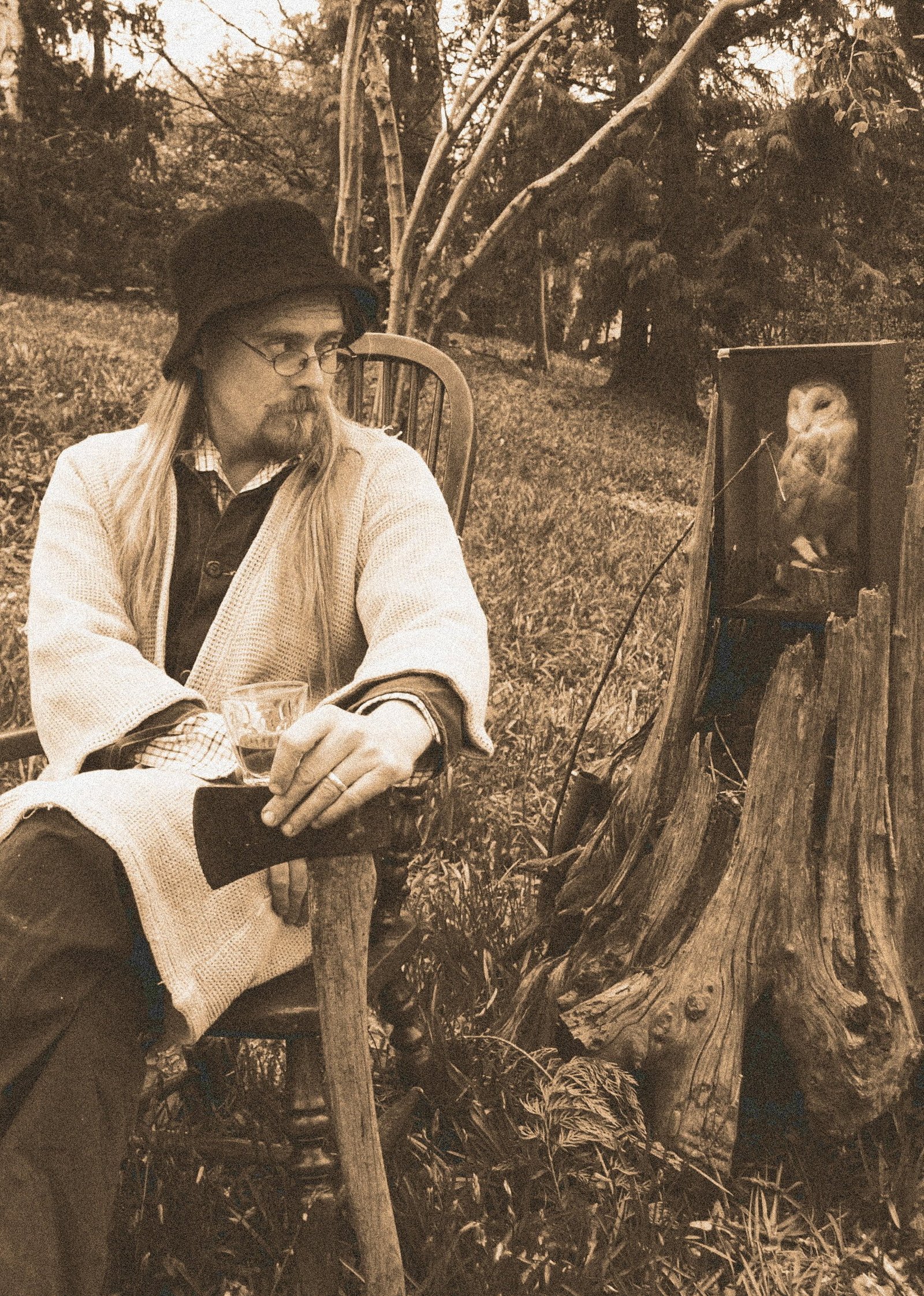
John is a writer and gardener. He comes with various 90’s Sega attachments and is the author of The Meifod Claw and other works. His favorite tree is a copper beech and he would like his coffee black without sugar, thank you.
